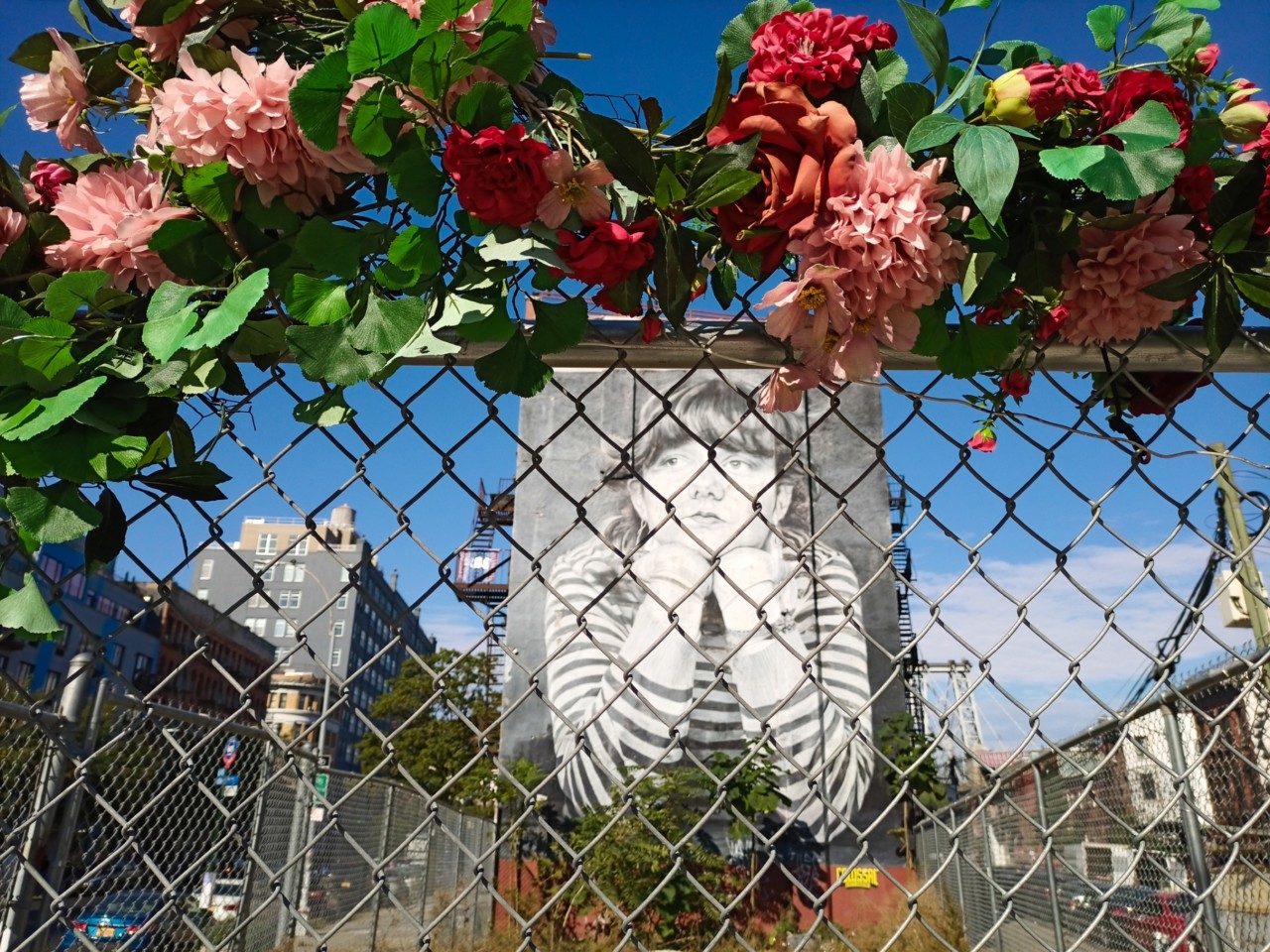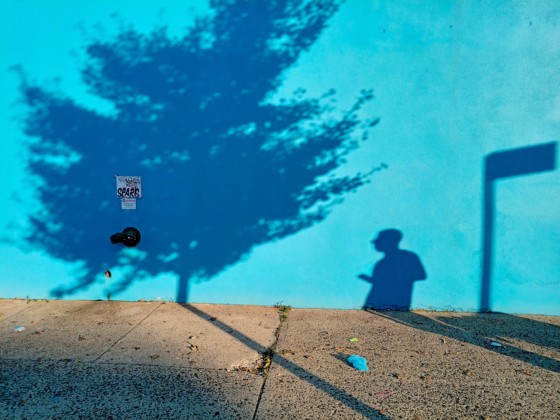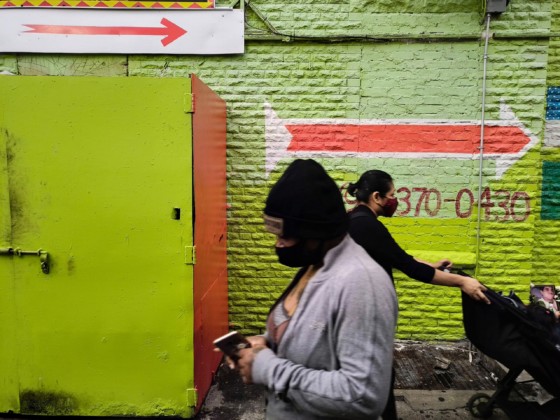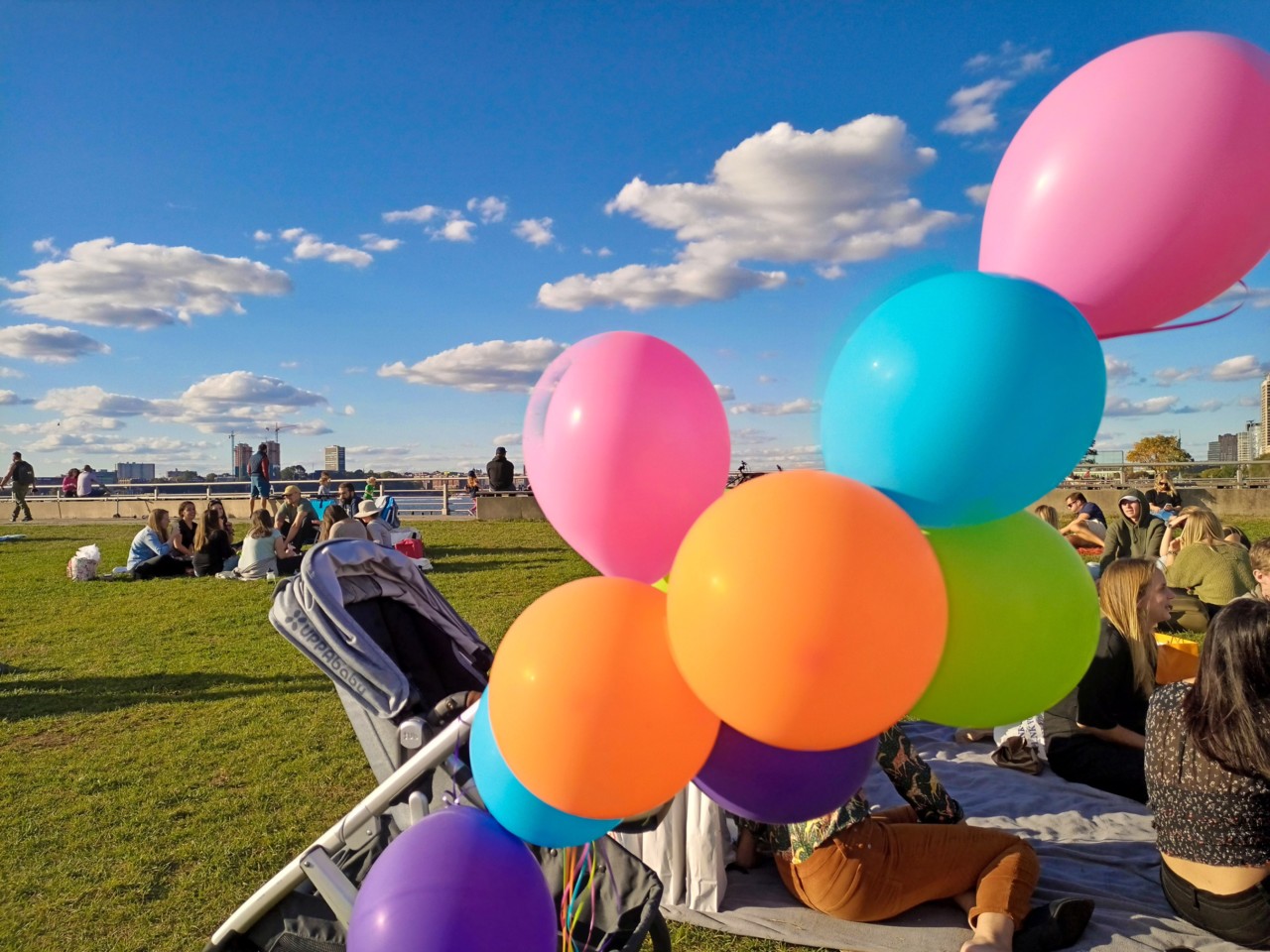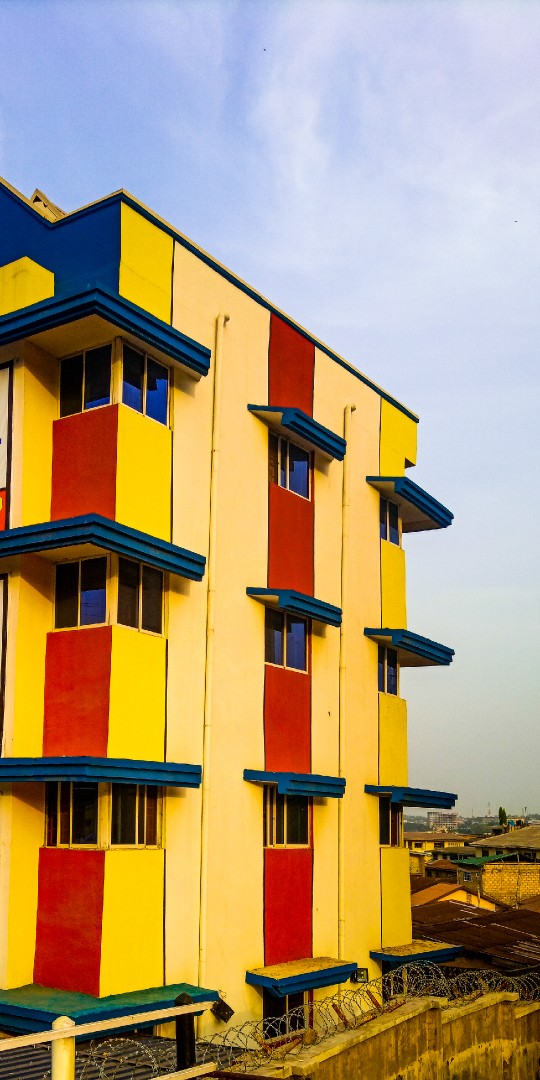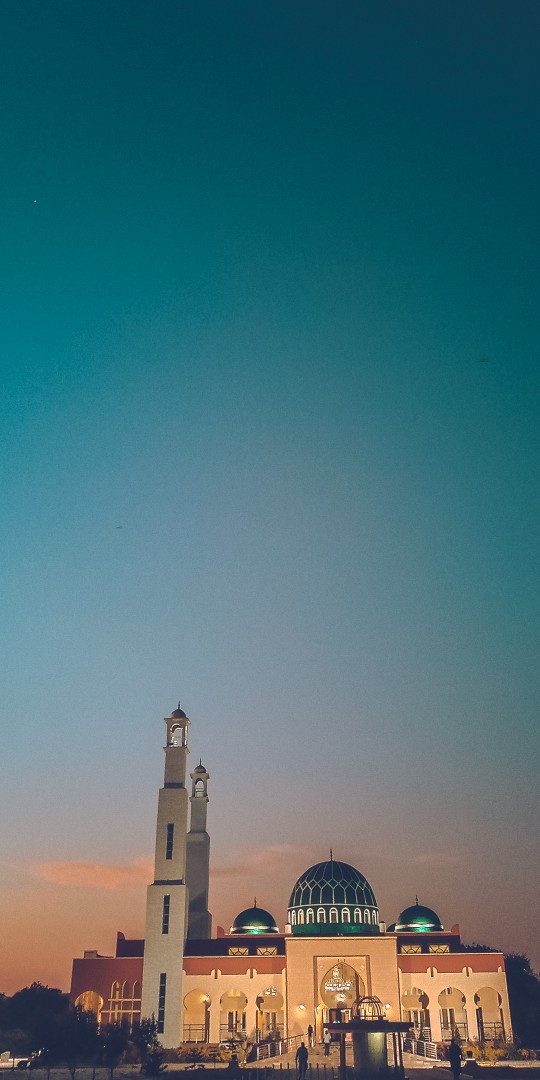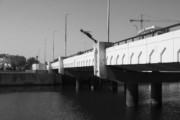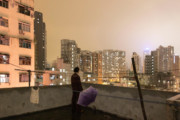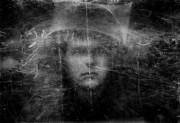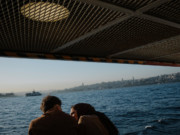The Camera Itself is Merely a Tool
Alex Webb discusses making work in the street, explaining that "what’s most important is how one sees."
Sponsored by Tecno
Magnum photographer Alex Webb is perhaps best known for his complex and vibrant photographs, often capturing fleeting moments in a street setting. With this in mind, the photographer was commissioned by Tecno to shoot images making use of their Camon 16 phone’s various modes of operation. Below we share examples of his photographs made on the device around his native New York City, as well as his thoughts on making images in the street, the importance of reactiveness, and the allure of the unexpected. This short Q+A is followed by a selection of images from winners of Tecno’s recent Pinoneer Your Year Camon Photography Awards 2020 competition.
You describe much of what you do as discovering, perhaps not working too much with preconceived notions of what the day’s outing / shooting will bring. How important is being observant and being open to surprises to successful street photography?
Alex Webb: Photographing on the street is largely about being open to the unexpected. So often the most intriguing images come when one least expects them.
And – I suppose in relation to that – how important is failure, and the ability to absorb failure into your practice? And how big a part of photography is failure?
I often say that street photography is 99.9% about failure. When trying to capture elusive moments in the street, I accept that failure is part of the process.
Phones, but by extension also smaller cameras and set ups requiring less kit presumably have big advantages when one’s working on the street, with strangers and with unpredictable settings. What are for you the key advantages to being unencumbered?
Working with a smaller camera allows me to move fluidly in and out of situations while remaining comparatively unnoticed.
You have likened taking photos to note-taking. How does that approach fit into your bigger works – do you day-to-day use your phone to visually keep track of spots, ideas and so on which you later revisit?
I find that with the phone I sometimes take photographs I might not otherwise take—bits of things, details—in this sense a kind of note-taking.
I have heard photographers speak about new cameras changing the way they work, breaking them out of patterns or habits that a certain camera set them into. Is that something you have noticed over your career? And in particular, what changes when you have an ultra small, lightweight camera to play with?
Different tools—different cameras— have different characteristics and so one uses them in different ways. Most of my photographic life I have worked largely with 35mm rangefinder cameras. Recently, during the pandemic, I’ve been working with a medium format panoramic camera, essentially taking seascapes—very different than most of my life’s work.
So when photographing with a camera phone, I sometimes find myself taking some photographs I might not take otherwise—such as certain close-ups or unusual angles.
Many of your images, and indeed many of your most famous images play with contrasts, shadow, and transient times of day – evening light, dusk, dawns… How important is the time of day one works? What is it that attracts you to these liminal periods of the day?
Ever since I started working seriously in color—in the late 1970’s in Haiti and along the US-Mexico border—I’ve been attuned to the critical importance of the color of light in my work, and hence, the time of day. It’s a big part of the way I see and experience the world.
For someone who thinks that they can’t be a real photographer until they purchase a professional-level camera, or that gear and kit is key, what would you say? What’s the most important bit of ‘kit’ – physical or otherwise?
Great photographs have been taken with all kinds of cameras—from Brownies to 8×10 cameras, from smart phones to 35mm cameras. These days, some photographers are taking remarkable photographs with smart phones. In the end, what’s most important is how one sees. The camera itself is merely a tool


